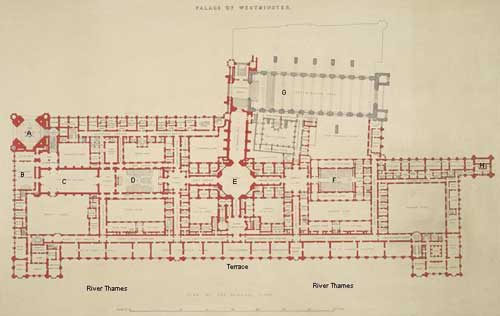enfilade
"Enfilade" is an architectural term used to define a long spatial axis usually made up of a series of openings between rooms that all align.
The term has its origins in military usage - an enfilade is a way of describing an enemies exposure to being fired upon. Firing down along the length of a trench, as opposed to perpendicularly to its "front", is the genesis of the term enfilade.
In architecture an enfilade is technically the spatial axis but in usage it is used to describe the arrangement of a suite of rooms along a line. These arrangements were especially prominent in Baroque architecture as mode of formal composition of rooms. Obviously as buildings, and especially palaces, became larger, a more formal composition dominated their design as the utility of defense was diminished.
The image above is the UK's National Gallery designed by Robert Venturi and Denise Scott-Brown. They created an exaggerated enfilade by aligning a series of openings and slightly diminishing the width of each opening to create a manipulated perspective view and driving the space even more insistently down the axis of circulation. Sort of a enfilade on steroids.



